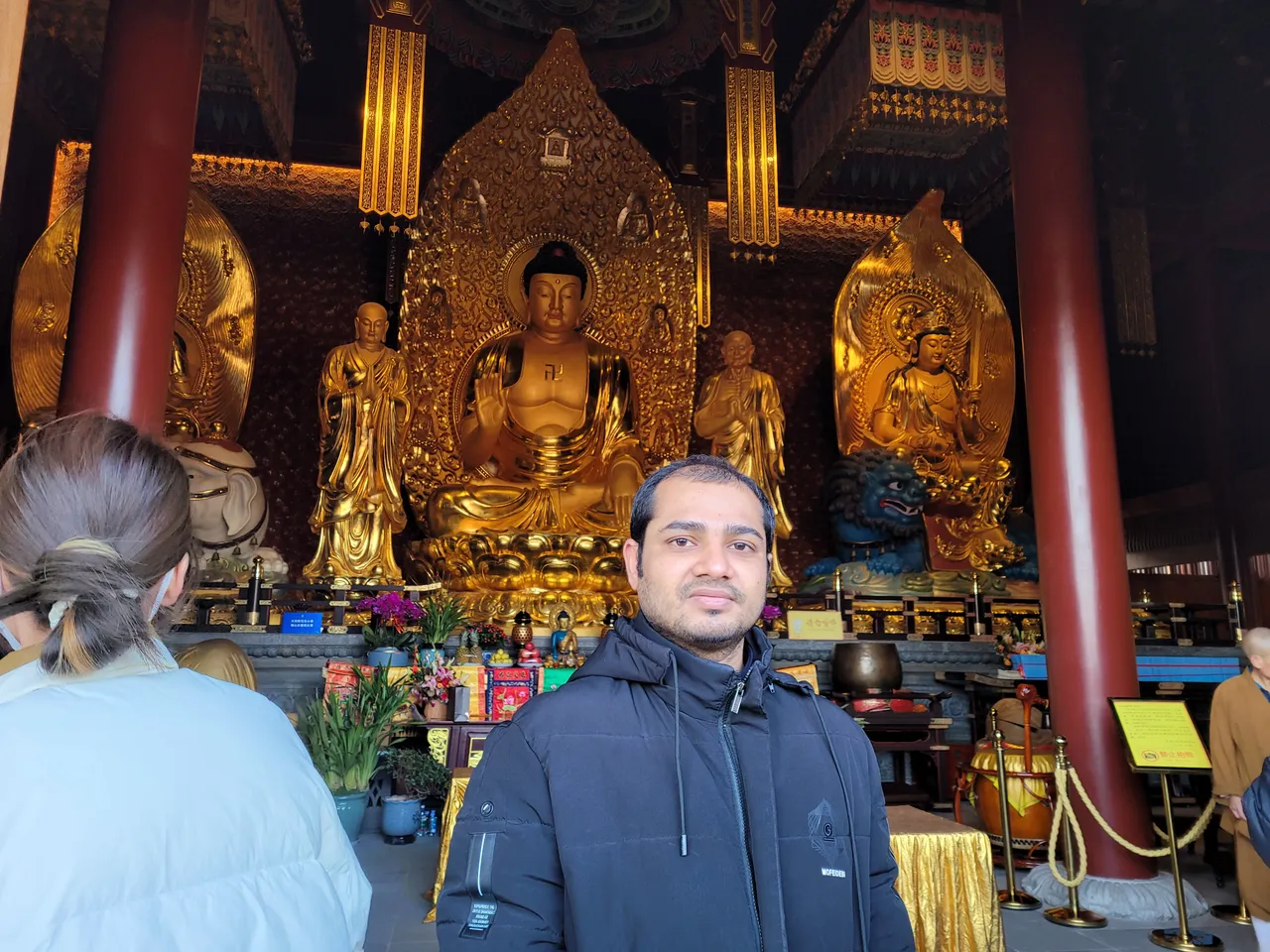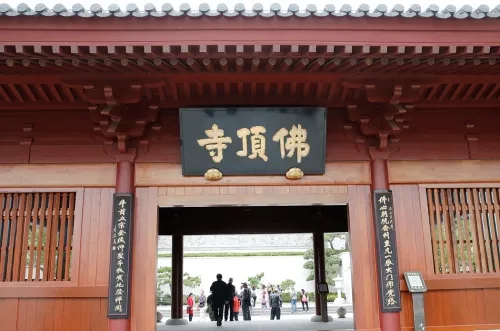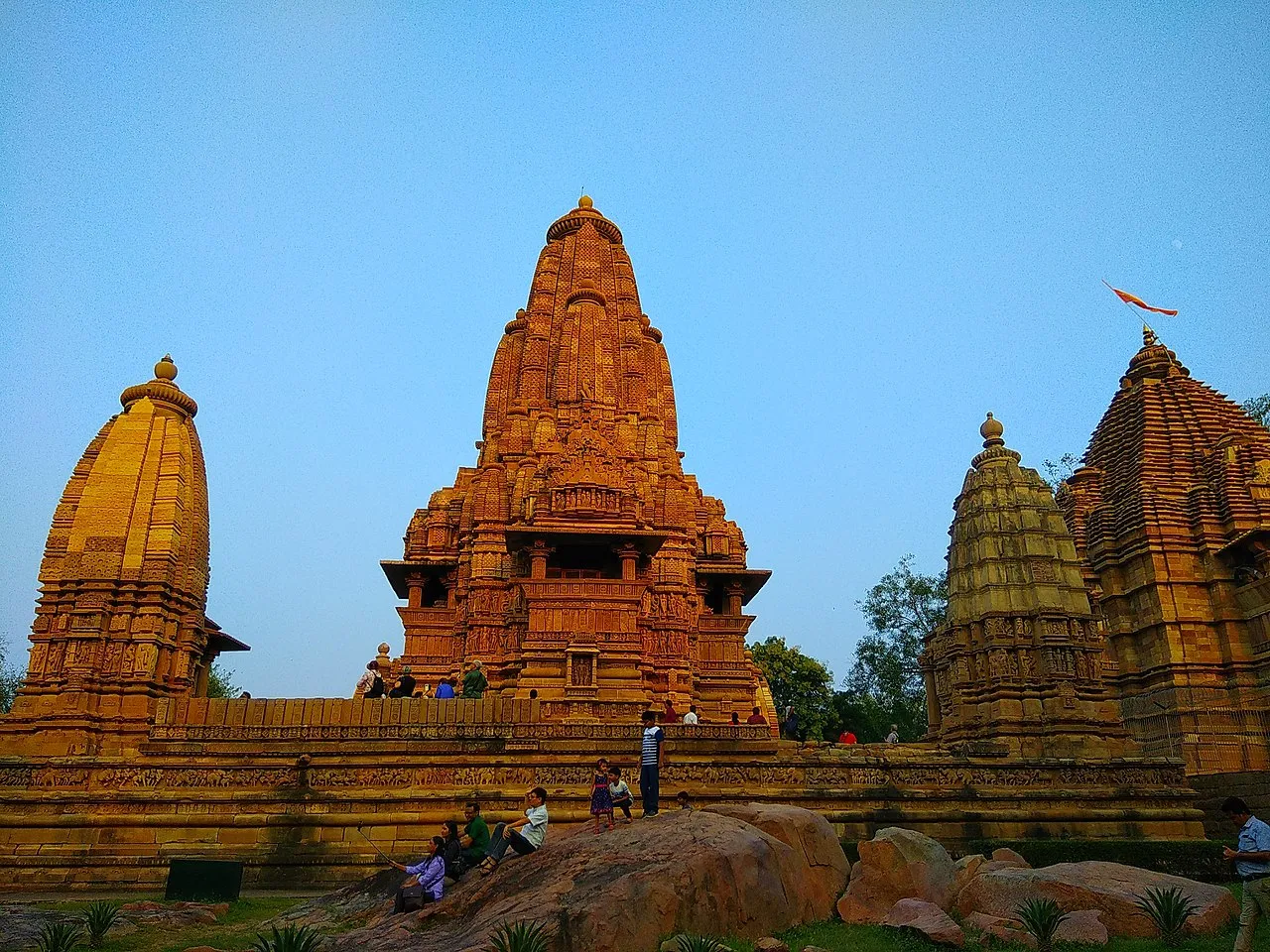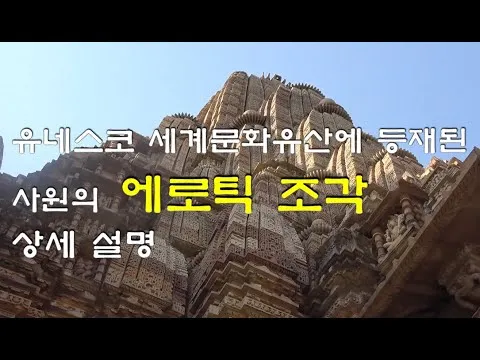 The most beautiful Buddhism-based Temple Area I have seen with 5A rating: Niushoushan
The most beautiful Buddhism-based Temple Area I have seen with 5A rating: Niushoushan
Reading a travel article in China by @tanzil2024, my friend and presumed genetic brother, gave me a new idea!😄
I am East Asian, but I look a lot like Hassan!🙃
Chan Buddhism in China had a tremendous impact on the birth and development of East Asian civilization.
So, the Buddhist temple Hasan visited is the most famous in East Asia!

Nanjing Niushoushan Cultural Tourism Zone牛首山 佛顶宫
Nanjing Niushoushan Cultural Tourism Zone, where my friend Hassan went sightseeing, is written as 牛首山佛顶宫 in Chinese.
The Nanjing Niushoushan Cultural Tourism Zone, where my friend Hassan went sightseeing, has the Chinese name of 牛首山 佛顶宫.
By the way, In the world I live in, it is called 佛頂寺.
Niushoushan' is one of the most famous Buddhist temples in East Asia. It was first built 1600 years ago.
'Niushoushan' is written as (牛首山) in Chinese characters. 'Niu'牛 'Shou'首 'Shan'山
The Buddhist temple you went to is famous for being the birthplace of East Asia's first Zen (Chinese: 禪; pinyin: Chán; Japanese: 禅, romanized: zen; Korean: Zen, romanized: Seon; Vietnamese: Thiền).
I pronounce the Buddhist temple you visited as (佛 bull 頂 jung 寺 sha ).
(佛 bull 頂 jung 寺 sha) is the most famous in East Asia because it houses the bones of the Buddha's head.
佛顶宫 is most famous because it was the first Buddhist temple in East Asia, built in China 1600 years ago.
Since East Asia's first Zen (Chinese: 禪; pinyin: Chán; Japanese: 禅, romanized: zen; Korean: 禅, romanized: Seon; Vietnamese: Thiền) was born in 佛顶宫, Japanese and Korean Buddhists often visited it. do.
 도로 사진입니다.
도로 사진입니다.
Zen (Chinese: 禪; pinyin: Chán; Japanese: 禅, romanized: zen; Korean: 선, romanized: Seon; Vietnamese: Thiền) is a school of Mahayana Buddhism that originated in China during the Tang dynasty, known as the Chan School (Chánzong 禪宗), and later developed into various sub-schools and branches. From China, Chán spread south to Vietnam and became Vietnamese Thiền, northeast to Korea to become Seon Buddhism, and east to Japan, becoming Japanese Zen.[1]
The term Zen is derived from the Japanese pronunciation of the Middle Chinese word 禪 (chán), an abbreviation of 禪那 (chánnà), which is a Chinese transliteration of the Sanskrit word ध्यान dhyāna ("meditation").[note 1] Zen emphasizes rigorous self-restraint, meditation-practice and the subsequent insight into nature of mind (見性, Ch. jiànxìng, Jp. kensho, "perceiving the true nature") and nature of things (without arrogance or egotism), and the personal expression of this insight in daily life, especially for the benefit of others.[3][4] As such, it de-emphasizes knowledge alone of sutras and doctrine,[5][6] and favors direct understanding through spiritual practice and interaction with an accomplished teacher[7] or Master.
Zen teaching draws from numerous sources of Sarvastivada meditation practice and Mahāyāna thought, especially Yogachara, the Tathāgatagarbha sūtras, the Laṅkāvatāra Sūtra, and the Huayan school, with their emphasis on Buddha-nature, totality, and the Bodhisattva-ideal.[8][9] The Prajñāpāramitā literature,[10] as well as Madhyamaka thought, have also been influential in the shaping of the apophatic and sometimes iconoclastic nature of Zen rhetoric.[11]
Furthermore, the Chan School was also influenced by Taoist philosophy, especially Neo-Daoist thought.[12]
Etymology
The word Zen is derived from the Japanese pronunciation (kana: ぜん) of the Middle Chinese word 禪 (Middle Chinese: [dʑian]; pinyin: Chán), which in turn is derived from the Sanskrit word dhyāna (ध्यान),[2] which can be approximately translated as "contemplation", "absorption", or "meditative state".[13]
The actual Chinese term for the "Zen school" is 禪宗 (pinyin: Chánzōng), while "Chan" just refers to the practice of meditation itself (Chinese: 習禪; pinyin: xíchán) or the study of meditation (Chinese: 禪學; pinyin: chánxué) though it is often used as an abbreviated form of Chánzong.[14]
"Zen" is traditionally a proper noun as it usually describes a particular Buddhist sect. In more recent times, the lowercase "zen" is used when discussing the philosophy and was officially added to the Merriam-Webster dictionary in 2018.[15]
1. Chinese who went to ancient India!
Chinese who visited India 1800 years ago studied Indian Buddhism and built Buddhist monasteries upon their return.
The Chinese created a new Buddhist Chan (traditional Chinese: 禪; simplified Chinese: 禅; pinyin: Chán; abbr. of Chinese: 禪那; pinyin: chánnà) by mixing Indian Buddhism with Chinese indigenous religions.
 Chinese Buddha Character Fo
Chinese Buddha Character Fo
Chan (traditional Chinese: 禪; simplified Chinese: 禅; pinyin: Chán; abbr. of Chinese: 禪那; pinyin: chánnà), from Sanskrit dhyāna[1] (meaning "meditation" or "meditative state"[2]), is a Chinese school of Mahāyāna Buddhism. It developed in China from the 6th century CE onwards, becoming especially popular during the Tang and Song dynasties.[3]
Chan is the originating tradition of Zen Buddhism (the Japanese pronunciation of the same character, which is the most commonly used English name for the school). Chan Buddhism spread from China south to Vietnam as Thiền and north to Korea as Seon, and, in the 13th century, east to Japan as Japanese Zen.
In the world I live in, the Chinese Chan Buddhism is called 禪 宗(pronunc: sun jong).
Chan (traditional Chinese: 禪; simplified Chinese: 禅; pinyin: Chán; abbr. of Chinese: 禪那; pinyin: chánnà) Buddhism in China had a tremendous impact on the birth and development of East Asian civilization.
Even now, Buddhism is creating the homogeneity, relationship, and popularity of East Asian civilization. Perhaps my ancestors were also Buddhists, I guess.
I would like to say more to my dear friend Hassan, but my English writing skills are not good enough so I will write it next time!
 Khajuraho Group of Monuments
Khajuraho Group of Monuments
The Sensual Monuments are a group of Hindu and Jain temples in Panna district, Madhya Pradesh, India. They are about 175 kilometers southeast of Jhansi, 10km from Azad Nagar Khajwa, 9km from Rajnagar and 49 km from district headquarter Chhatarpur. They are a UNESCO World Heritage Site.[1][2] The temples are famous for their nagara-style architectural symbolism and a few erotic sculptures.[3]
Most Khajuraho temples were built between 885 CE and 1000 CE by the Chandela dynasty.[4][5] Historical records note that the Khajuraho temple site had 85 temples by the 12th century, spread over 20 square kilometers. Of these, only about 25 temples have survived, spread over six square kilometers.[2] Of the surviving temples, the Kandariya Mahadeva Temple is decorated with a profusion of sculptures with intricate details, symbolism and expressiveness of ancient Indian art.[6] The temple complex was forgotten and overgrown by the jungle until 1838 when Captain T.S. Burt, a British engineer, visited the complex and reported his findings in the Journal of the Asiatic Society of Bengal.[7]
When these monuments were built, the boys in the place lived in hermitages, by being brahmcharis (bachelor) until they attained manhood and these sculptures helped them to learn about the worldly role of 'householder'.[8] The Khajuraho group of temples were built together but were dedicated to two religions, Hinduism and Jainism, suggesting a tradition of acceptance and respect for diverse religious views among Hindus and Jains in the region.[9]
I want to tell my friend Hassan about the most famous historical site in India where I live in world.😆😁
I think you can understand why men in my world have sexual fantasies about Indian women!😊
